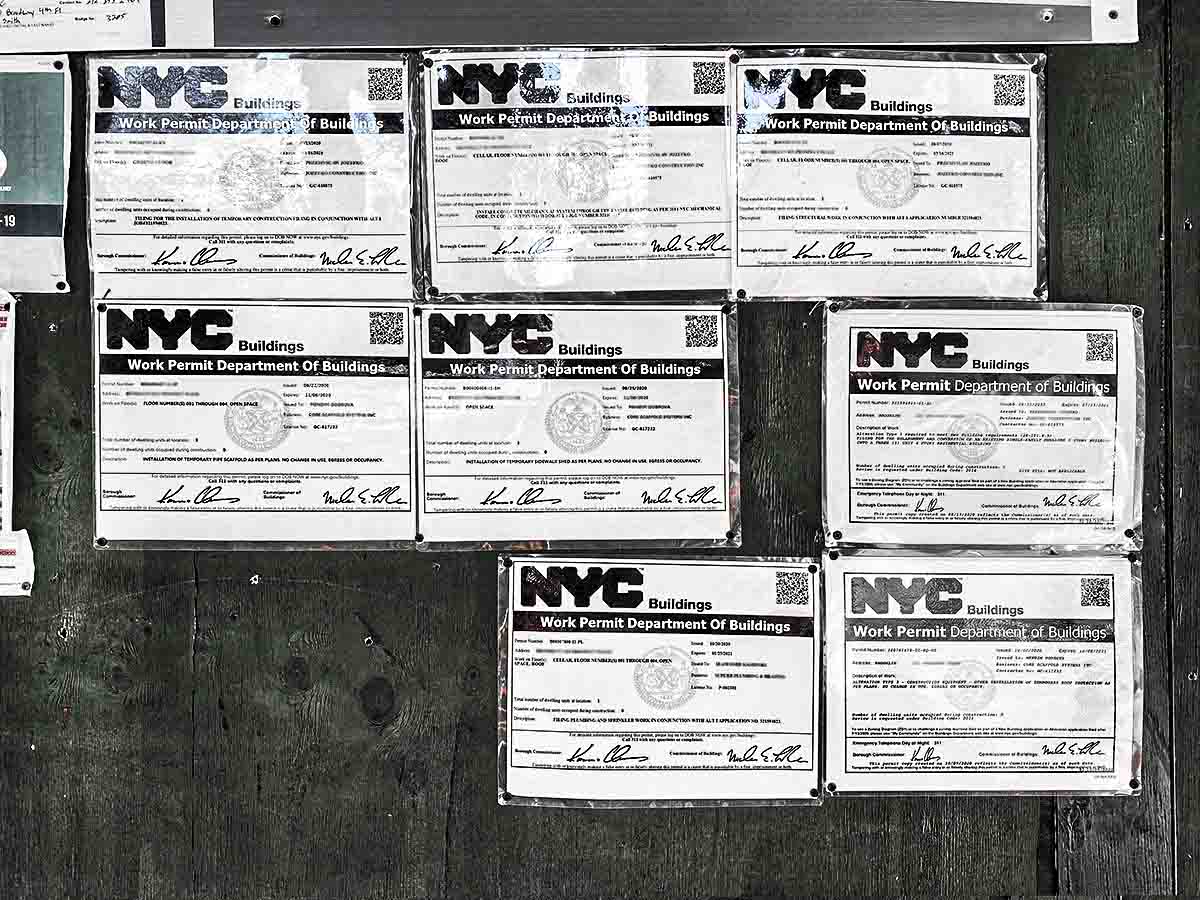
What are Alt 1 and Alt 2 Filings?
Understanding Alt 1 and Alt 2 Filings in NYC
Navigating the maze of New York City’s building codes and permit processes can be a challenging endeavor. One area that often generates confusion is the distinction between “Alt 1” and “Alt 2” filings. Let’s break it down for clarity.
When undergoing renovation or construction projects in NYC, property owners must obtain the appropriate permits from the Department of Buildings (DOB). Depending on the nature and scope of the project, you might need to file an Alt 1 or Alt 2 application.
For starters – what is an ALT? “Alt” is simply short for Alteration. This type of application distinguishes the filing from a NB or New Building filing – which is evaluated differently than an Alteration application. Most basically, the “1” or “2” indicate severity and scope – with ALT 1s being more substantial, and ALT 2s being more minor – though in practice, it is a little more complicated. Below we outline the major differences between Alt 1 and Alt 2 applications.
Alt 1 Filings
- Purpose: Alt 1, or “Alteration Type 1,” filings are made when there’s a change to the use, egress, or occupancy of a building.
- Examples:
- Converting a commercial space into a residential unit.
- Adding a new floor to an existing structure.
- Creating a new apartment within a residential building.
Alt 2 Filings
- Purpose: Alt 2, or “Alteration Type 2,” filings cover projects that don’t change the use, egress, or occupancy of the building but involve substantial renovations.
- Examples:
- Upgrading electrical or plumbing systems without changing the room layout.
- Renovating an office space or apartment interior without modifying its basic functions.
- Replacing fixtures or finishes in a space.
Key Differences:
- Scope: While both filings are related to alterations, Alt 1 typically involves more structural or significant changes impacting the building’s basic functions. Alt 2 deals more with non-structural modifications.
- Review Process: Given the complexity of Alt 1 projects, they generally undergo a more rigorous review process compared to Alt 2 projects. This might result in longer processing times for Alt 1 applications.
- Required Documentation: Alt 1 filings often require more extensive documentation, including detailed architectural and engineering plans. Conversely, Alt 2 might only necessitate basic floor plans or descriptions of the work.
Before starting any renovation or construction project in NYC, it’s vital to understand which filing type aligns with your project’s goals. Mistakenly submitting the wrong application can lead to delays and increased costs. When in doubt, consulting with an architect or expeditor familiar with NYC building codes is a smart move.




